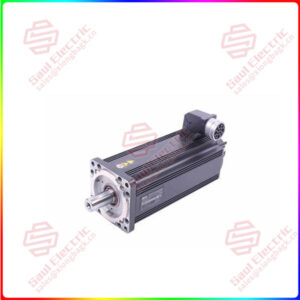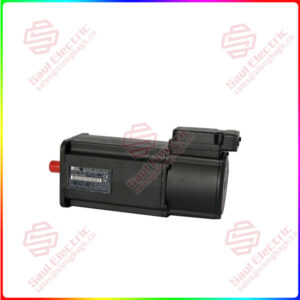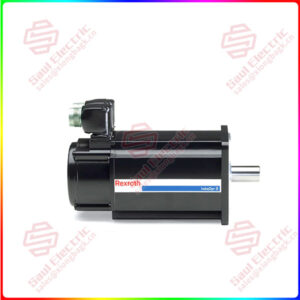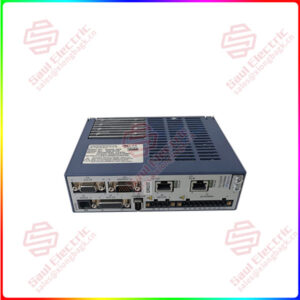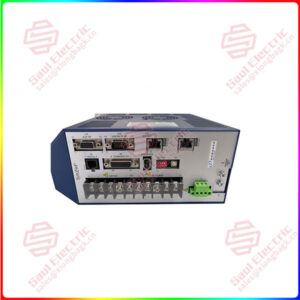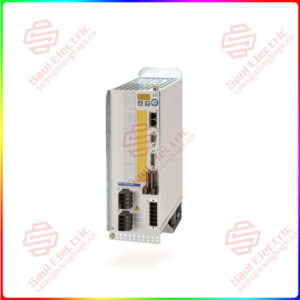Description
Overview
Essential details:A02B-0236-B542 OPERATOR INTERFACE
lf you need to inquire or purchase ,please send the product models to my email or call medirectly .
sunny He
[Email] sales@saulcontrol.com
[Mobile] 86-18059884797
[WhatsApp] 86-18059884797
[Skype] sales@saulcontrol.com
A02B-0236-B542 OPERATOR INTERFACE
A02B-0236-B542 Operator Interface generally refers to the user interface device used to interact with industrial control equipment or systems. This operation interface usually includes a display screen, buttons, switches, indicators, etc., used to display system status, input control instructions, adjust parameters, etc.
In industrial automation and control systems, operating interfaces play a crucial role. It allows operators or maintenance personnel to visually understand the operating status of the system and make adjustments or interventions as needed. Through the operation interface, you can perform the following tasks:
Monitoring system status: The operation interface can display various parameters and status information of the system, such as temperature, pressure, flow rate, speed, etc. Users can use this information to understand the current status of the system and determine whether to take further actions.
Input control instructions: The operation interface is usually equipped with buttons, switches, or other input devices that allow the user to enter control instructions, such as start, stop, accelerate, slow down, etc. These instructions are passed directly to the control system to achieve precise control of the device.
Parameter adjustment: The operation interface also provides the parameter adjustment function, allowing users to modify the operating parameters of the system according to actual requirements. For example, users can adjust temperature setpoints, flow control parameters, etc., to meet specific process requirements.
Fault diagnosis and maintenance: The operation interface usually has fault diagnosis and maintenance functions, which can display system fault information and error codes. This is important for quickly locating and resolving problems, which helps improve system reliability and maintenance efficiency.


 1 Year Warranty
1 Year Warranty

